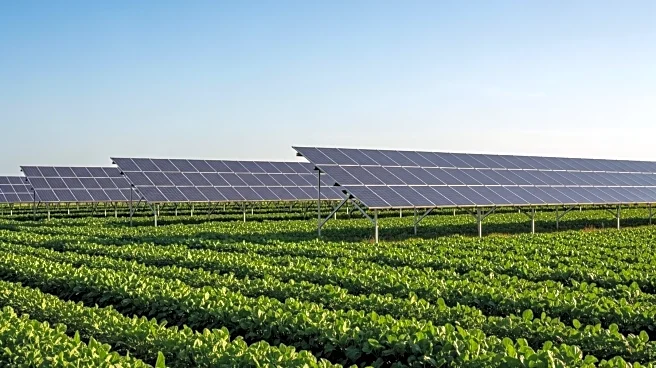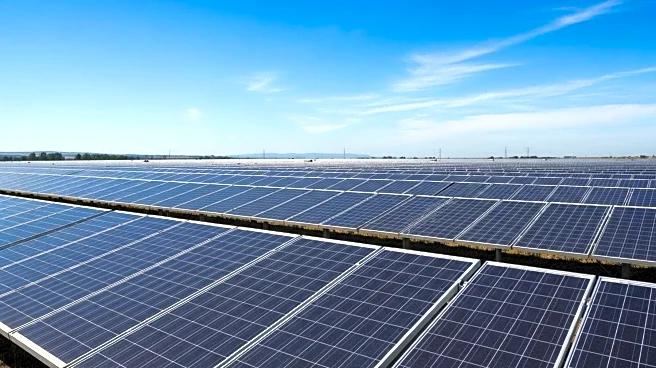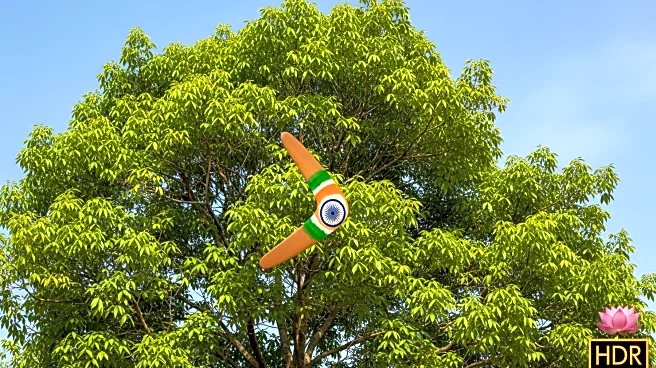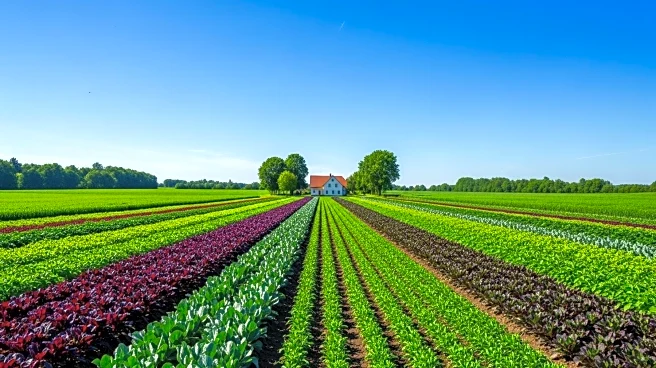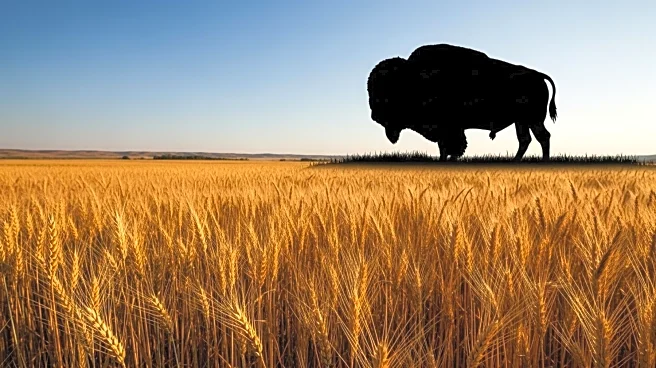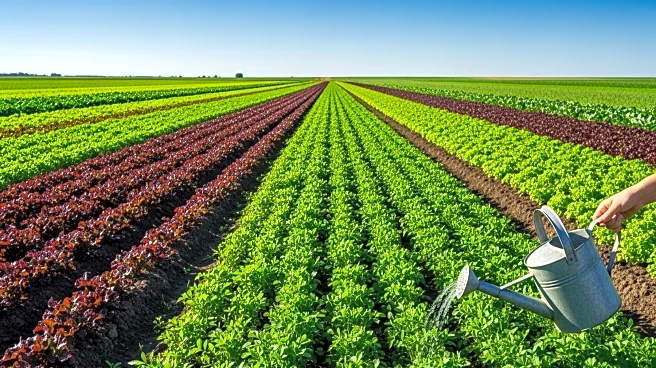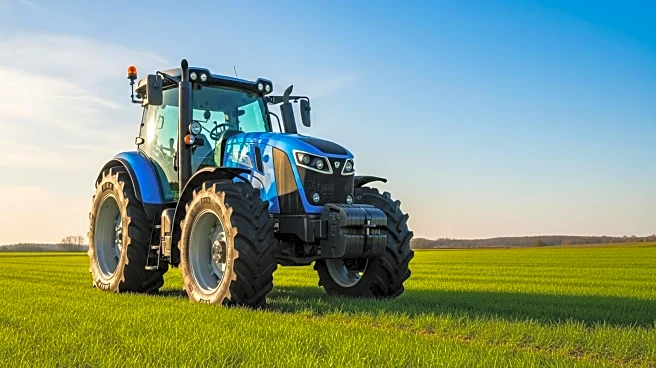What's Happening?
A new pilot project in Denmark has successfully integrated solar energy production with agricultural practices, demonstrating the potential for agrivoltaics. Researchers from Aarhus University have developed a solar plant with vertically mounted panels that optimize sunlight for both energy generation and crop growth. This approach allows for dual land use, preserving agricultural productivity while contributing to renewable energy goals. The project has shown promising results, with crops like wheat and grass-clover mixtures thriving alongside solar panels.
Why It's Important?
The integration of solar energy and agriculture addresses the challenge of land use in the push for renewable energy expansion. By enabling dual land use, agrivoltaics can help meet climate goals without compromising food security or rural livelihoods. This approach offers a sustainable solution to the growing demand for renewable energy, potentially reducing conflicts over land use and promoting environmental conservation.
What's Next?
The success of the Danish pilot project could inspire similar initiatives globally, encouraging the adoption of agrivoltaics as a viable land-use strategy. Further research and development may focus on optimizing the technology for different climates and crop types. Policymakers and industry stakeholders may explore incentives and support mechanisms to promote the widespread implementation of agrivoltaics.

